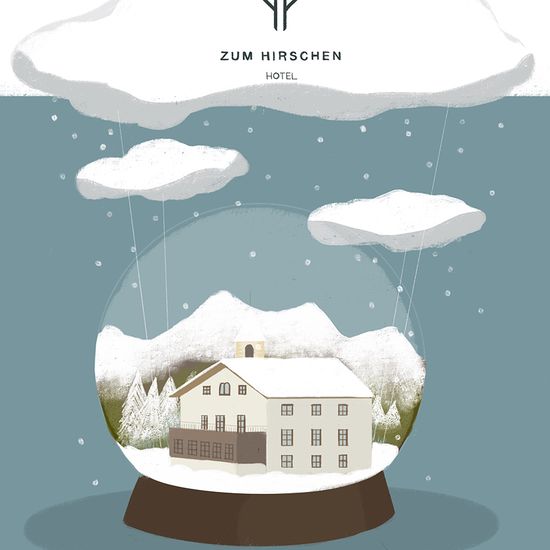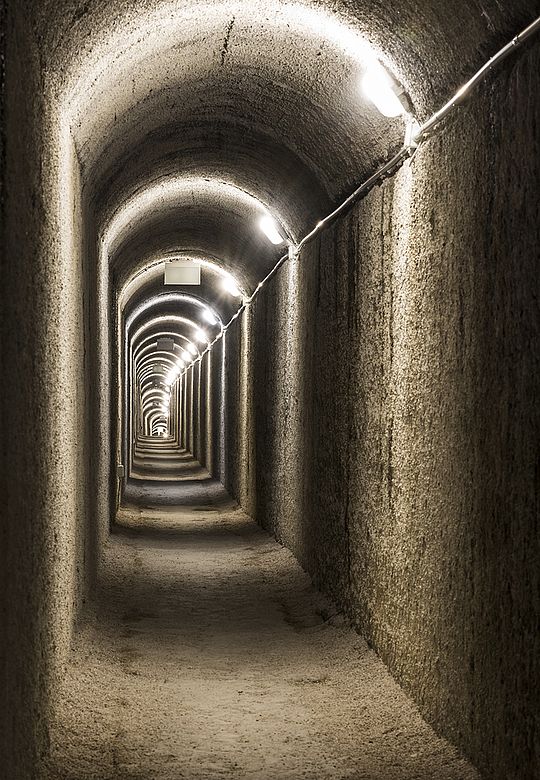#Gampen Bunker Gallery
This year I chose to visit the Upper Val di Non Valley, and more specifically, the Zum Hirschen Hotel where I would spend a cultural holiday. The area attracts not only nature lovers and outdoor enthusiasts, but also those interested in history and culture. So, what is there to see? I saw Jurassic footprints of dinosaurs and relics from the old Romanesque era; a medieval pilgrim’s hospice that once stood on the same site as the modern hotel and then there’s the Gampenpass, Passo Palade in Italian.
The road to Lana in South Tyrol crosses over the Palade Pass, one of the lowest mountain passes in the Alps (it used to be a strategic gateway to the Val di Non), continuing to Fondo in Trentino Province. Guarding over the pass, lies one of the largest wartime bunkers in the Alpine region, a four-story underground fortification system spanning some 1,500 meters. Under construction between 1939 and 1943, it was built on Mussolini’s orders in the event that Nazi Germany, Fascist Italy’s ally, might launch an attack from the north. Despite the extensive cost and years of construction it was never completed and thus never served its purpose as an Alpine fortress in the defence of Italy.
Besides its inevitable deterioration over the decades, the structure remains substantially intact. And to my delight, I found out that it’s also open to visitors. Known today as the Gampen Gallery, the underground bunker is now a gallery and an attraction in itself. I found an interesting exhibition dedicated to the local mountain inhabitants as well as a significant mineral collection. Descending step by step into the bowels of the earth, through narrow tunnels and past ventilation systems feels like a journey back in time. Returning to the hotel, the road passes a Triassic archaeological area, where 250-million-year-old dinosaur fossils were discovered. Before the Alps were created, this was an island!

#Christmas in a Snowglobe

#Christmas in a Snowglobe
The 100 most beautiful Hotel in Europe 2019
#A surprise Elixir by Hildegard of Bingen
“Medicinal herbs
are a smile
of the Creator.”
Hermann-Josef Weidinger
1918-2004
